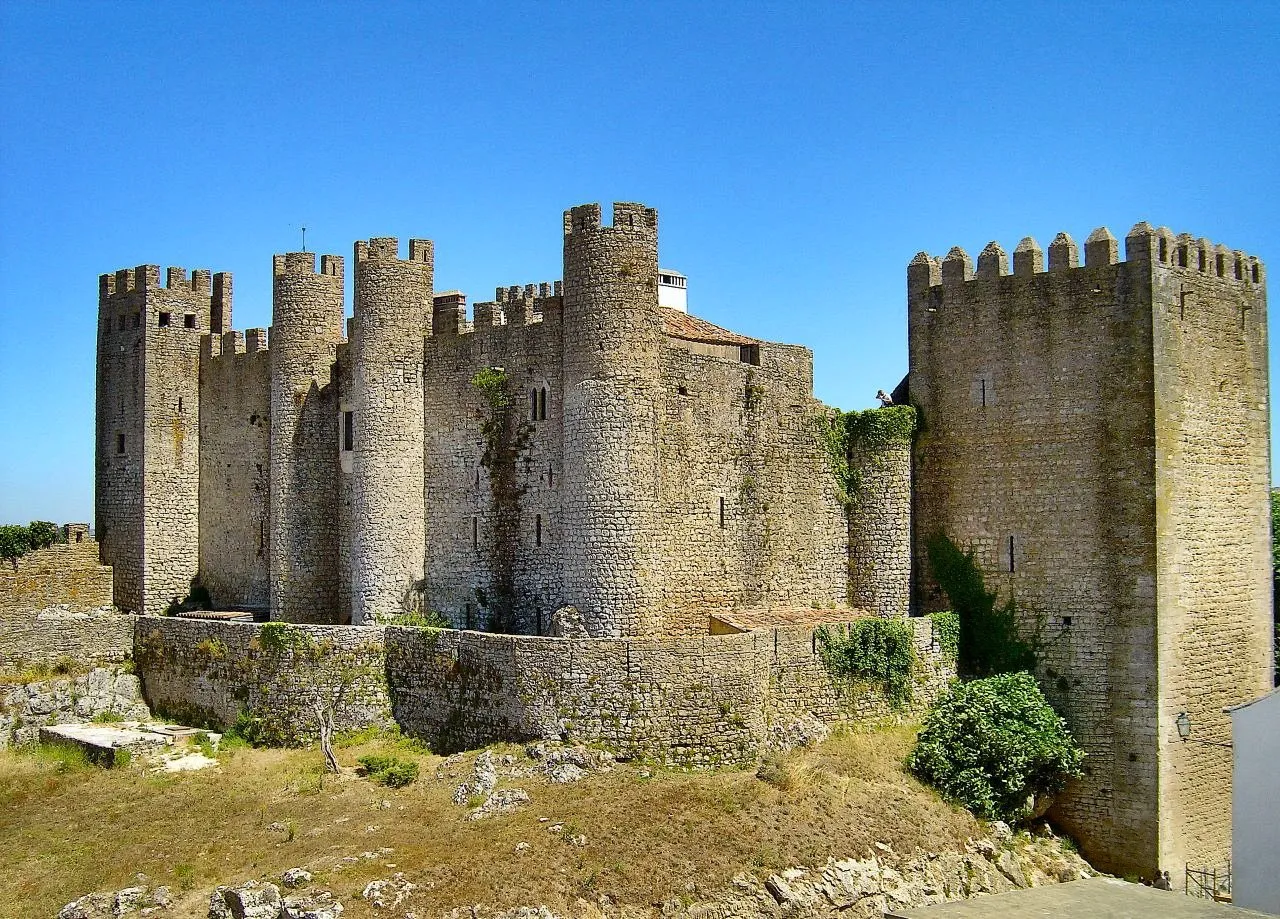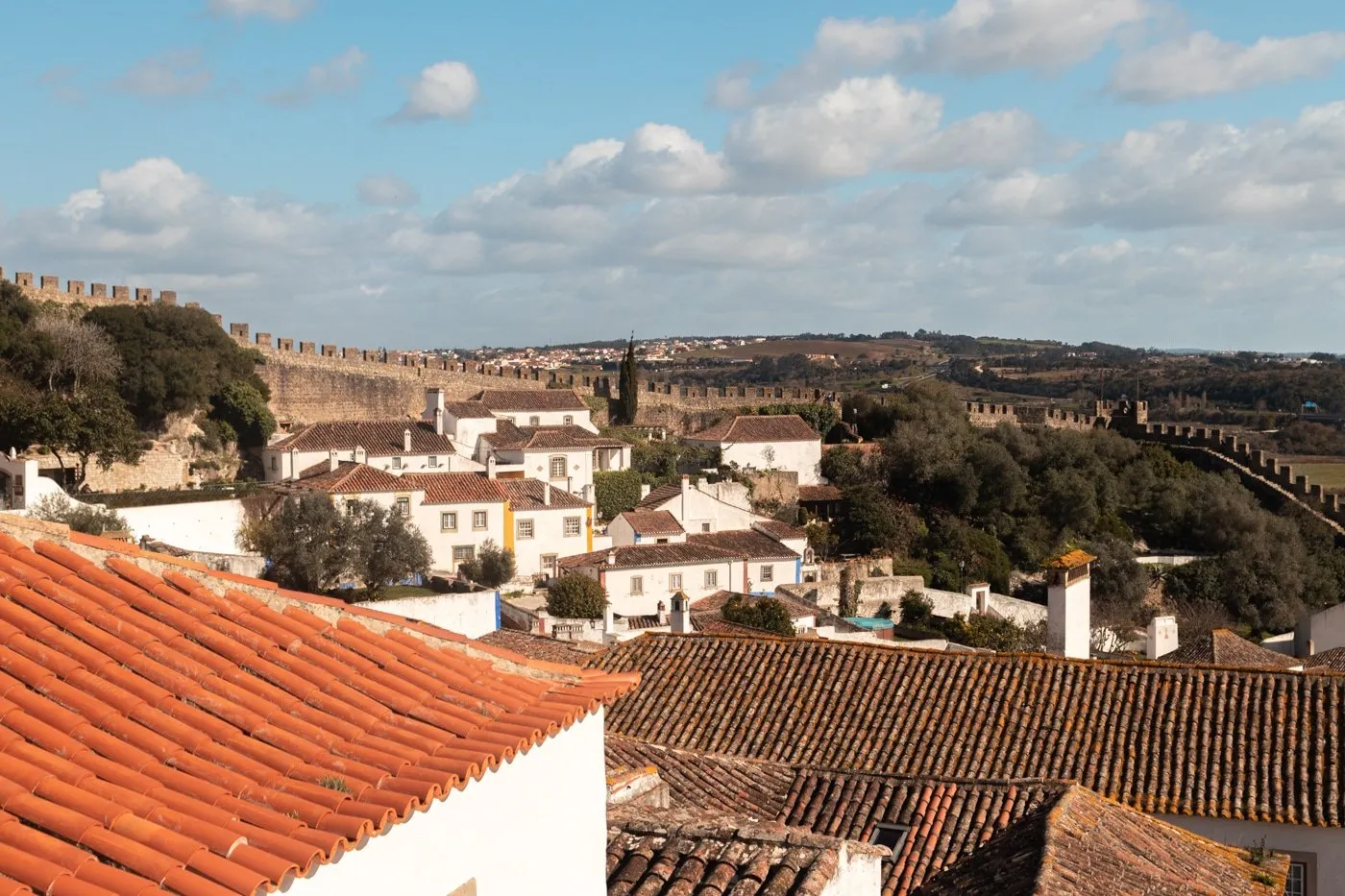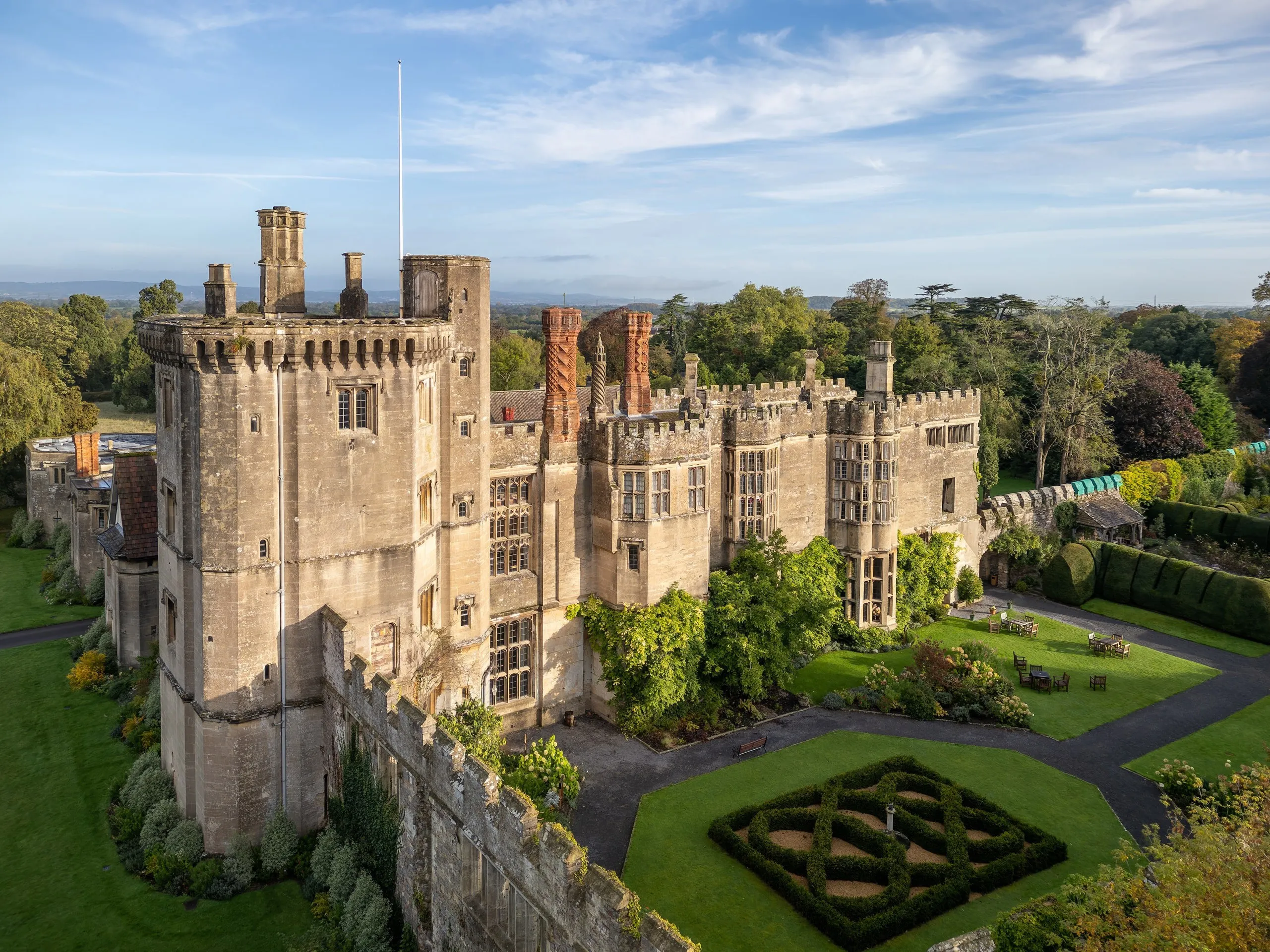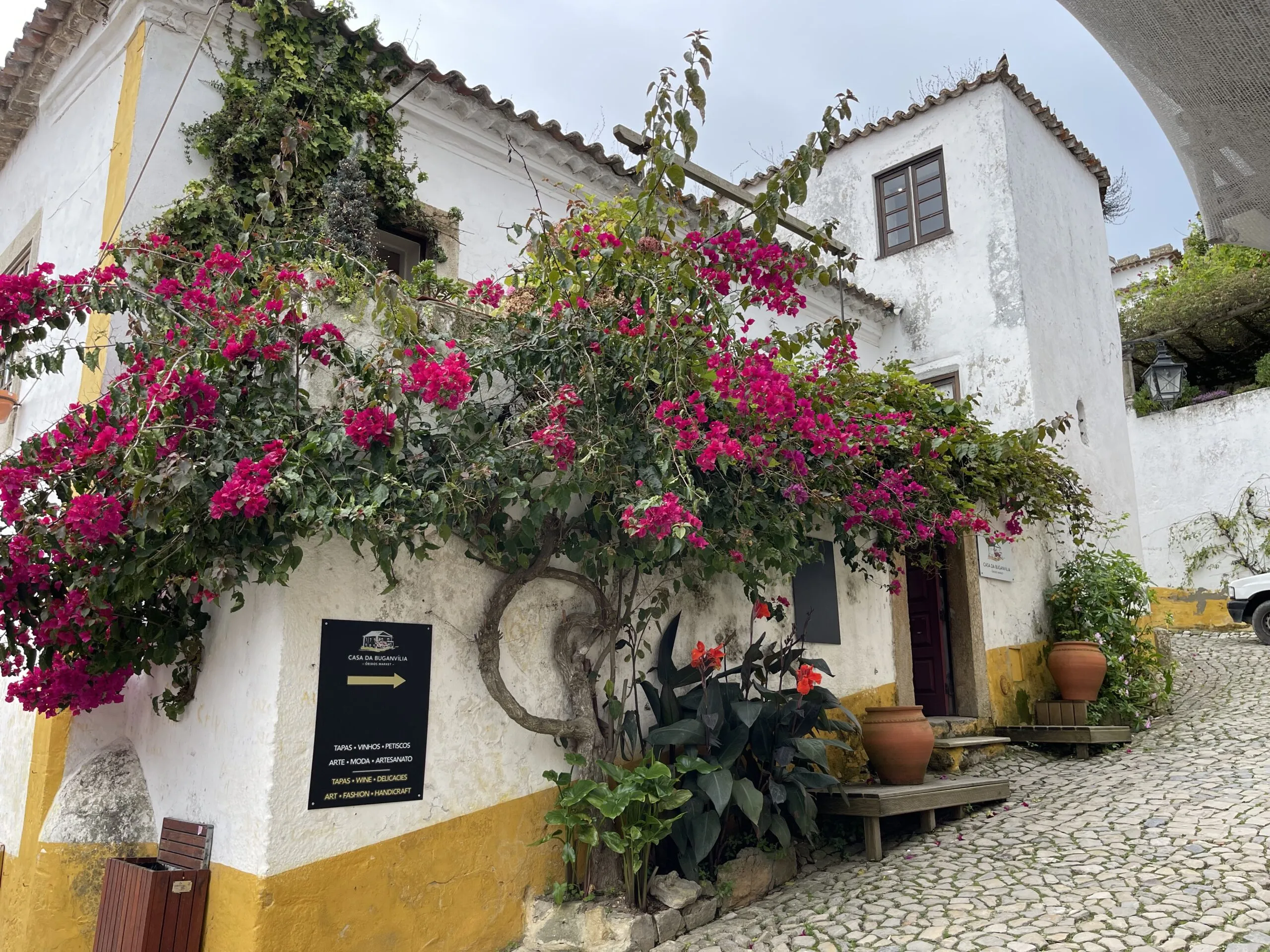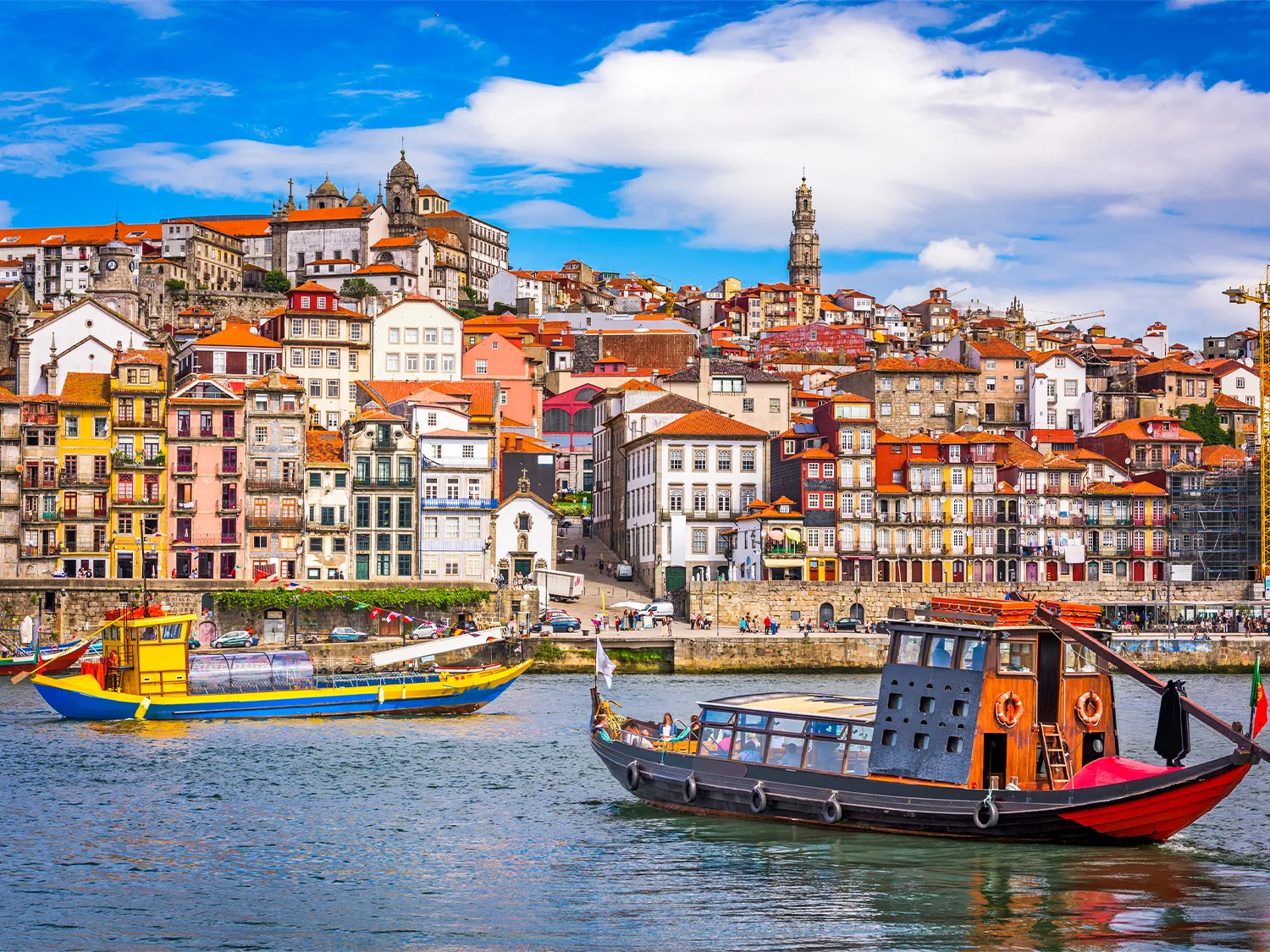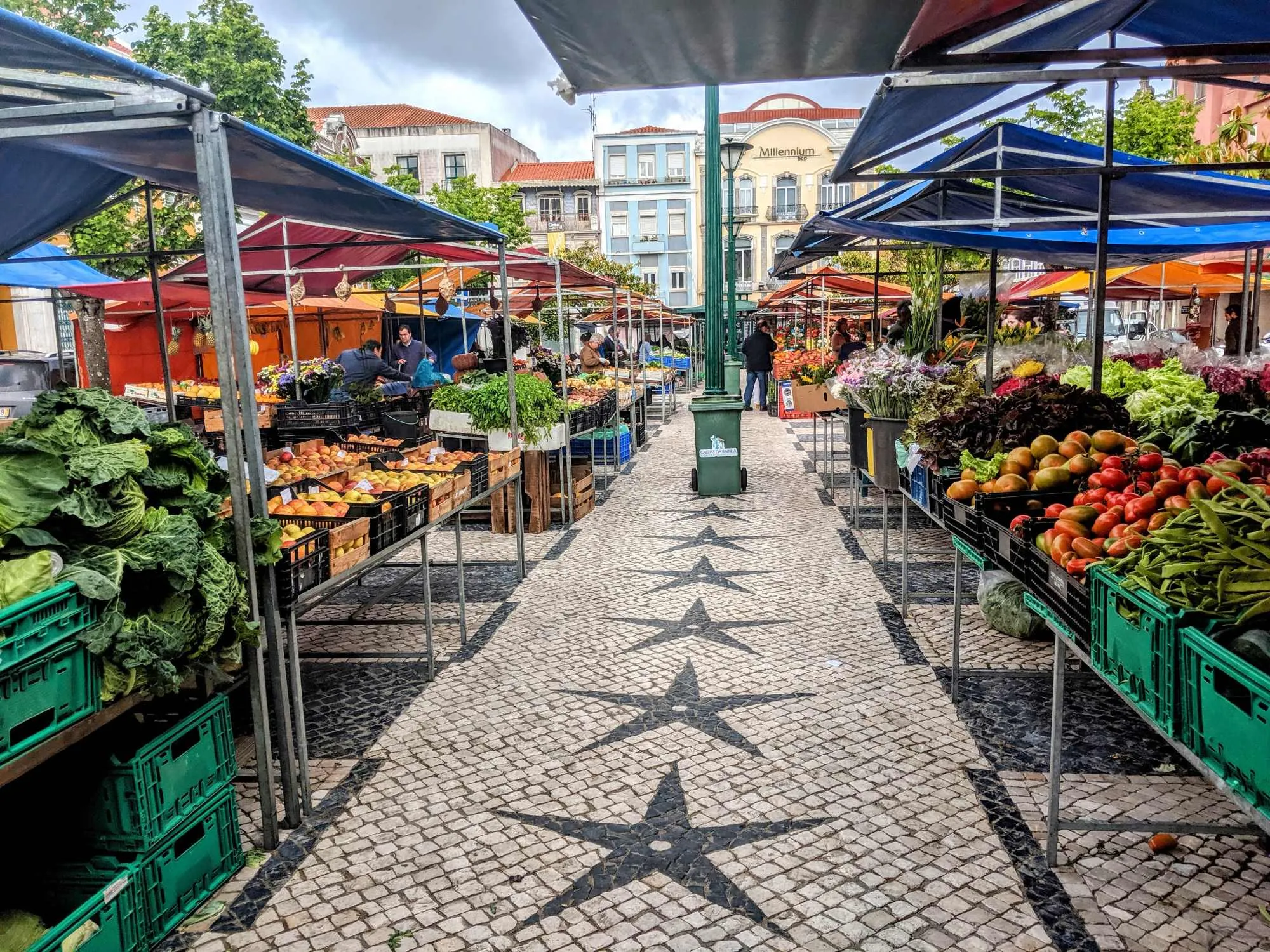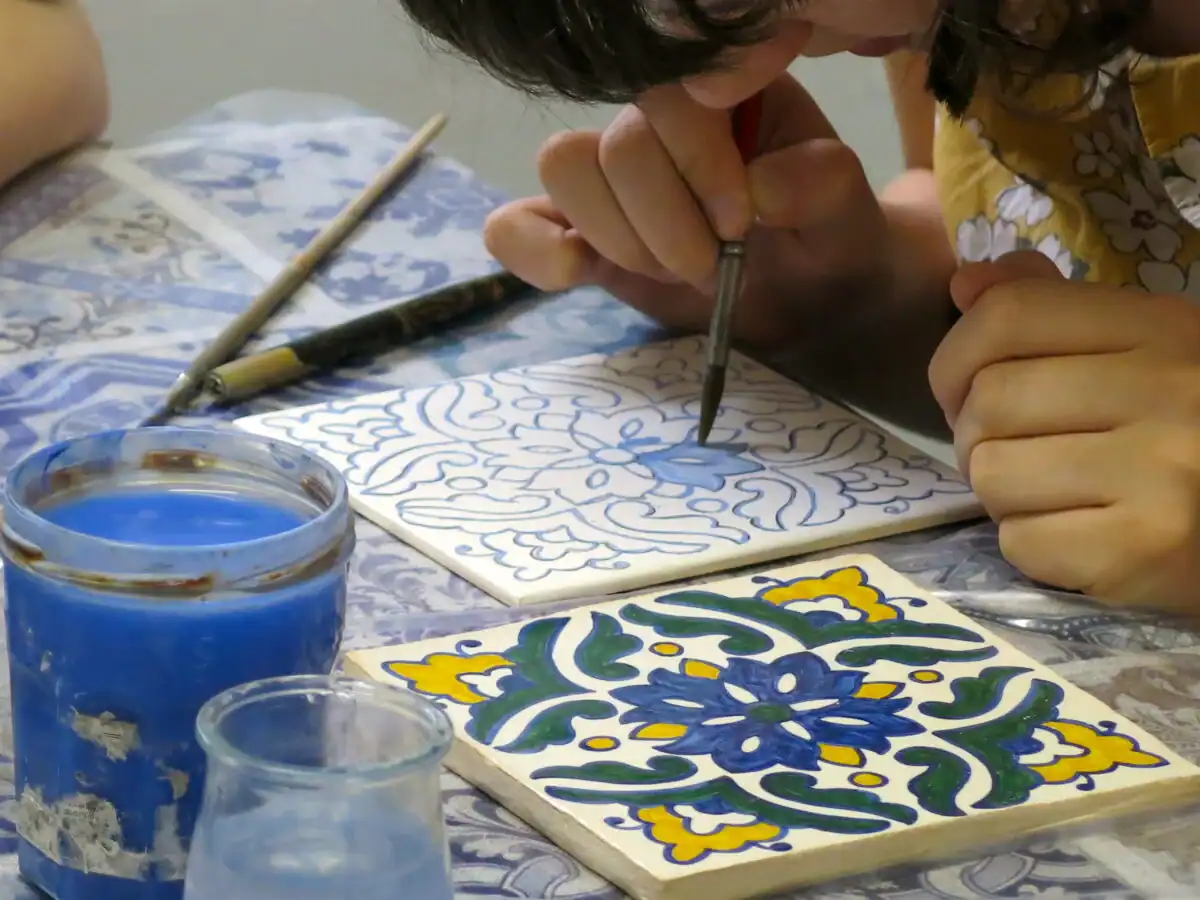Óbidos, Portugal, isn’t just another medieval village—it’s a living fairytale that transports you straight back to the 13th century the moment you step through its ancient walls. This enchanting walled town is famously known as the “Town of the Queens.” The title dates back to 1282 when King Dinis I gifted it to his beloved Queen Isabel. Today, it offers one of Europe’s most pristine medieval experiences combined with a thriving modern identity as a UNESCO Creative City of Literature. Whether you’re sipping the famous Ginja de Óbidos from an edible chocolate cup, walking the fortress walls at sunset, or getting lost among thousands of books tucked into converted churches, this destination delivers an unforgettable blend of romance, history, and magic.
Is Óbidos Worth Visiting? An Honest Look
Let me be straight with you—Óbidos is absolutely worth visiting, but your experience depends heavily on timing. The town’s main thoroughfare, Rua Direita, transforms into a bustling tourist highway during peak hours, especially on weekends when busloads of day-trippers descend upon this compact village. Some visitors feel they can see the main sights in just a few hours, leading to the perception of it being merely a brief photo stop.
However, this is where the magic lies: there are essentially “Two Óbidos.” The daytime version bustles with crowds, while the overnight version reveals the town’s true enchanting spirit. Experienced travelers consistently advocate for staying overnight as the key to unlocking its authentic medieval atmosphere. As one visitor perfectly captured it, “staying overnight unlocks an entirely different side of Óbidos—one that’s quieter, slower, and full of golden-hour magic.” When the tour buses depart and the streets empty, you’ll have this fairytale town practically to yourself.
The History of Óbidos: Portugal’s Most Romantic Town
A Royal Wedding Gift: The Town of the Queens
The romantic heart of Óbidos’ history centers on one of history’s most charming love stories. In 1282, King Dinis I gifted the entire town to his new bride, Queen Isabel of Aragon, who had fallen in love with its charm during their honeymoon. This wasn’t just a sweet gesture; it established a tradition lasting nearly six centuries where Óbidos became the personal property of Portugal’s queens, part of the royal dowry known as the Casa das Rainhas.
This royal patronage shaped everything you see today. The queens weren’t just symbolic owners—they actively commissioned works and directed construction projects. That stunning 16th-century aqueduct stretching outside the walls? It was built by order of Queen Catherine of Austria. The town’s romantic atmosphere, architectural details, and cultural refinement all stem from this intimate connection with Portugal’s royal women.
From Roman Outpost to National Monument
The story of Óbidos Portugal reaches back much further than its medieval fame. The name derives from the Latin “oppidum,” meaning “citadel” or “walled city,” reflecting its origins as a Roman settlement. Before the Romans, it was a Celtic settlement called “Eburobricio.” The Moors fortified the town in the 8th century, constructing the early foundations of today’s castle and walls until Portugal’s first king, Afonso Henriques, reconquered it in 1148.
The devastating 1755 earthquake damaged much of the town, necessitating reconstruction that mixed surviving medieval and Arab-inspired structures with newer elements. In 1951, the entire village received classification as a national monument, ensuring the meticulous preservation that allows us to experience this remarkably intact medieval town today.
10 Best Things to Do in Óbidos
1. Walk the Medieval Walls at Sunset (with Essential Safety Tips)
The 1.5-kilometer walk along the 13-meter-high battlements is the town’s most essential experience. From these ancient ramparts, you’ll enjoy breathtaking panoramic views of iconic red-tiled roofs nestled within the walls and the rolling green countryside beyond. For the most magical experience, time your walk for sunset when the limestone walls glow golden and the crowds thin out.
However, this exhilarating walk requires serious caution. The path is narrow, uneven, and completely lacks handrails on the inner side. Exercise extreme care if you have a fear of heights or are traveling with children. The views are spectacular, but safety must come first.
2. Sleep Inside a Medieval Castle (or at Least Explore It)
Crowning the town sits the magnificent Castelo de Óbidos, officially recognized as one of Portugal’s Seven Wonders. This remarkable castle evolved from a Moorish stronghold to a grand royal palace, and in the 1950s, it was transformed into the Pousada Castelo de Óbidos—a luxury hotel within historic walls.
Even if you’re not staying overnight, you can explore the main courtyard (the “Old Arms Square”) and climb some towers. This courtyard hosts the town’s major festivals and offers stunning surrounding views. For the ultimate historical immersion, spending a night within these ancient walls provides an unparalleled experience.
3. Get Lost in the Cobblestone Labyrinth Beyond Rua Direita
While Rua Direita serves as the bustling main artery leading from the gate to the castle, lined with artisan shops and Ginja stalls, the real magic happens in the side streets. As one experienced visitor noted, “the magic truly began when I ducked down a side alley.”
These narrow, winding passages reveal the quintessential Óbidos: pristine whitewashed houses trimmed in royal blue and yellow, with walls cascading with vibrant bougainvillea. Here, the crowd noise fades, replaced by the timeless beauty of unchanged medieval streets where every turn offers a new photogenic discovery.
4. Enter Through a Masterpiece: Porta da Vila
The main entrance to Óbidos is far more than just a gate—it’s a destination showcasing incredible artistry. This double-arched gateway houses a small, ornate chapel on its interior balcony, with walls covered in stunning 18th-century blue and white azulejo tiles depicting biblical scenes. This unexpected fusion of fortification and faith creates one of the most photographed landmarks in Óbidos.
5. Experience the Signature Ritual: Ginja in Chocolate Cups
No visit to Óbidos is complete without its most famous ritual: sipping Ginja de Óbidos from an edible chocolate cup. This sweet liqueur, made from macerated sour cherries, originated from 17th-century monastic recipes. While popular throughout Portugal, Óbidos made the experience uniquely its own by serving it in small chocolate cups.
The combination of rich, bittersweet chocolate with sweet, tangy liqueur creates a sensory highlight. You’ll find stalls offering this local delicacy all along Rua Direita, and each vendor has a slightly different recipe—comparing them is part of the fun.
6. Discover a UNESCO City of Literature
In 2015, Óbidos earned the designation of a UNESCO Creative City of Literature, transforming it into an active “Literary Town.” With just over 3,000 residents, the town houses more than half a million books in imaginative locations that will surprise any book lover.
Key literary destinations include Livraria de Santiago (housed in a stunning former 13th-century church), Livraria da Adega (a unique bookshop in a former wine cellar), and Mercado Biológico de Óbidos (an organic market and bookstore with shelves made from old fruit crates). For the ultimate bibliophile experience, The Literary Man Hotel features over 50,000 books lining its walls, bar, and lounges.
7. Explore Churches Filled with Centuries of Art
Beyond the castle and walls, the churches in Óbidos serve as treasure troves of art and history. The Igreja de Santa Maria, the main parish church, holds particular significance with beautiful 17th-century azulejo tiles and paintings by the famous 17th-century artist Josefa de Óbidos. This church also hosted a royal wedding in 1444 between 10-year-old King Afonso V and his 8-year-old cousin, Isabel.
Other notable churches include the Igreja de São Pedro and the Igreja da Misericórdia, known for its exquisite Baroque doorway. Each offers unique architectural and artistic details worth exploring.
8. Time Your Visit for World-Class Festivals
Óbidos transforms throughout the year with vibrant festivals that turn the entire town into an immersive stage. The International Chocolate Festival (March/April) creates a chocolate wonderland with large-scale sculptures and endless tasting opportunities. The Medieval Market (July/August) transports visitors back centuries with jousting knights, wandering minstrels, and costumed merchants.
Book lovers shouldn’t miss the FOLIO Literary Festival (autumn), which brings together international authors for readings and exhibitions. Winter visitors can experience Óbidos Christmas Town (November-January), which transforms the medieval market area with festive decorations and an ice bar.
9. Savor Local Flavors Beyond the Famous Liqueur
While Ginja steals the spotlight, the culinary scene in Óbidos offers much more, drawing from the rich produce of the Oeste region. Look for bouillabaisse made with fresh fish from the nearby Óbidos Lagoon, roasted chestnuts (castanhas assadas) from street vendors, and the unique experience at Bar Ibn Errik Rex, where you can roast your own chouriço over a flaming dish at your table.
For fine dining, Restaurante Pousada Castelo de Óbidos offers elegant Portuguese cuisine within the castle walls, while A Nova Casa de Ramiro serves refined, modern takes on traditional dishes just outside the walls. Don’t miss the family-owned bakery Capinha d’Óbidos for local pastries.
10. Venture Beyond the Walls to the Aqueduct and Lagoon
Two significant landmarks just outside the fortifications offer different perspectives on the region. The impressive Aqueduto de Óbidos stretches 1.8 miles, showcasing 16th-century engineering built to carry water from nearby springs to the town’s fountains. Today, it provides scenic walking opportunities.
A few kilometers away, the Óbidos Lagoon serves as an ecologically important coastal haven for over 175 bird species. This beautiful natural landscape offers peaceful walks, providing a serene contrast to the bustling medieval village.
Planning Your Trip to Óbidos
Day Trip vs. Overnight Stay: Which is Better?
While day trips from Lisbon are extremely popular, experienced travelers unanimously agree: to truly experience the magic of Óbidos, you must stay overnight. This allows you to witness the “Two Óbidos” phenomenon firsthand—exploring deserted, atmospheric streets during the early morning and late evening golden hours without the crowds.
As one traveler summarized: “When the tourists leave at night, you have the town to yourself.” This is when the fairytale truly comes alive, transforming your visit from navigating a crowded attraction to inhabiting a tranquil, historic escape.
The Best Time to Visit Óbidos
Spring (April-May) and fall (September-October) offer ideal conditions with mild weather and thinner crowds than the peak summer months. If you are targeting specific events like the Medieval Market (July) or the Chocolate Festival (March/April), book accommodation well in advance and prepare for significant crowds.
Avoid weekends when locals from Lisbon create noticeably busier conditions. For day trips, arrive before 10 AM or stay after 4 PM to miss the peak tour bus hours.
How to Get to Óbidos from Lisbon
The express bus is the most efficient and convenient option. The ‘Rápida Verde’ (Green Express) operated by Rodotejo takes approximately one hour from Lisbon’s Campo Grande bus station and drops passengers directly at the main gate, Porta da Vila. A one-way ticket costs around €9.
A rental car offers maximum flexibility for exploring nearby attractions like Nazaré or Fátima. The drive takes about one hour via the A8 motorway, but you must park in designated lots outside the walls.
Train service, while scenic, is the least practical option, with a journey time of over two hours and infrequent service.
Where to Stay in Óbidos: From Castles to Literary Retreats
For the ultimate fairytale experience, the Pousada Castelo de Óbidos lets you sleep within the medieval castle walls. Book lovers will adore The Literary Man Hotel, a bibliophile’s paradise. For authentic experiences, consider charming guesthouses like Casa das Senhoras Rainhas and Casa de S. Thiago do Castelo.
Those seeking tranquility and amenities like swimming pools can choose from restored manor houses just outside the walls, such as Casa d’Óbidos or the luxurious Rio do Prado, all offering beautiful views and peaceful settings.
Insider Tips for Visiting Óbidos
- Wear comfortable shoes: Those charming cobblestone streets are uneven.
- Bring cash: Smaller Ginja stalls and market vendors may not accept cards.
- Be cautious on the walls: The lack of railings requires your full attention, especially with children.
- Arrive early or stay late: This is the single most important strategy to avoid crowds and experience the town’s magical atmosphere.
- Explore beyond Rua Direita: The most beautiful photographs and quietest moments are found in the side alley labyrinths.
- Check the festival calendar: Events can either highlight your trip or create reasons to reschedule, depending on your tolerance for crowds.
- Never drive inside the walls: Use the ample parking available outside the fortifications.
Óbidos, Portugal, is more than just a beautiful medieval town—it’s an invitation to inhabit a living story. As day-trippers depart and quiet descends upon the cobblestone streets, the town’s timeless spirit emerges, offering visitors the magical moment of having a fairytale all to themselves.
Read more:

